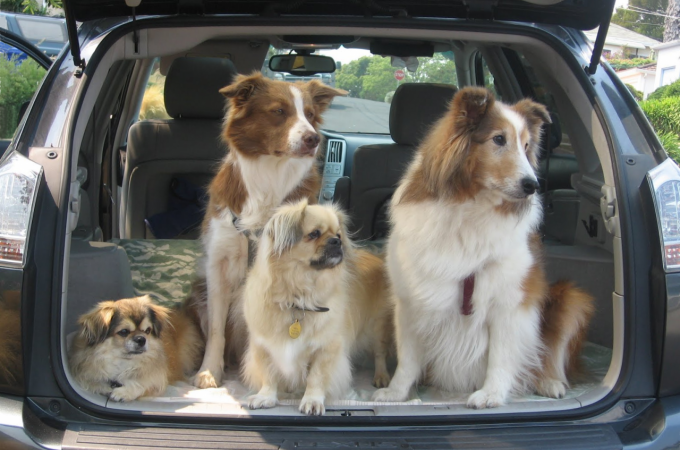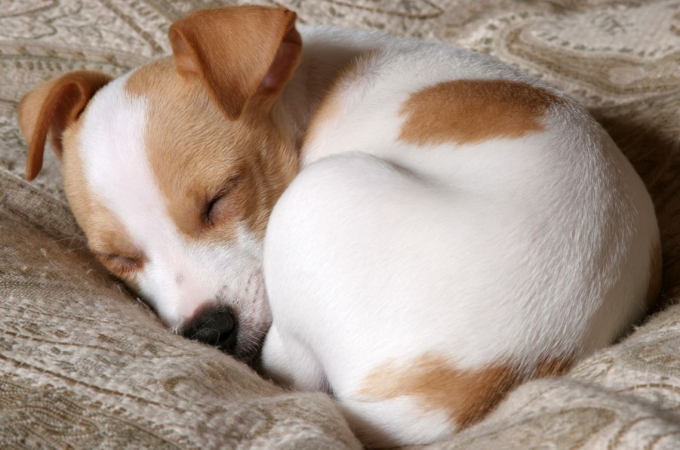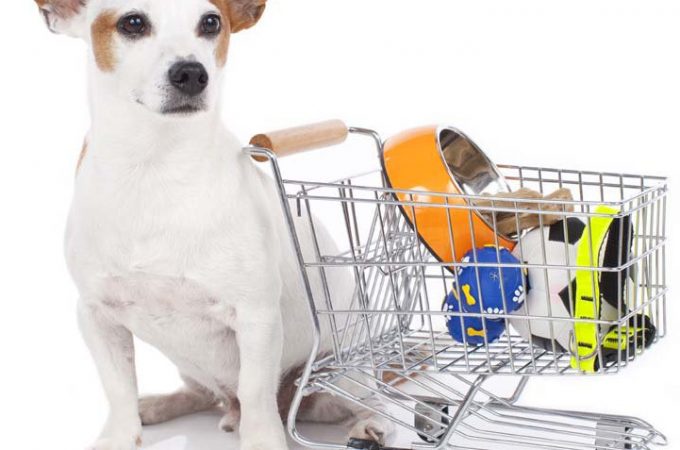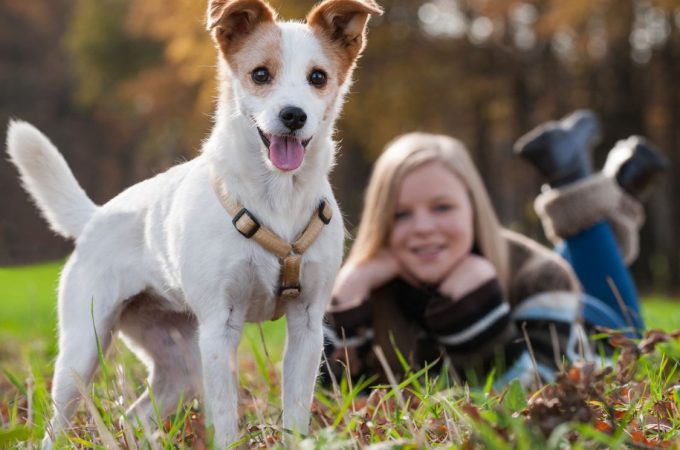What dog breeds are best suited with cats?
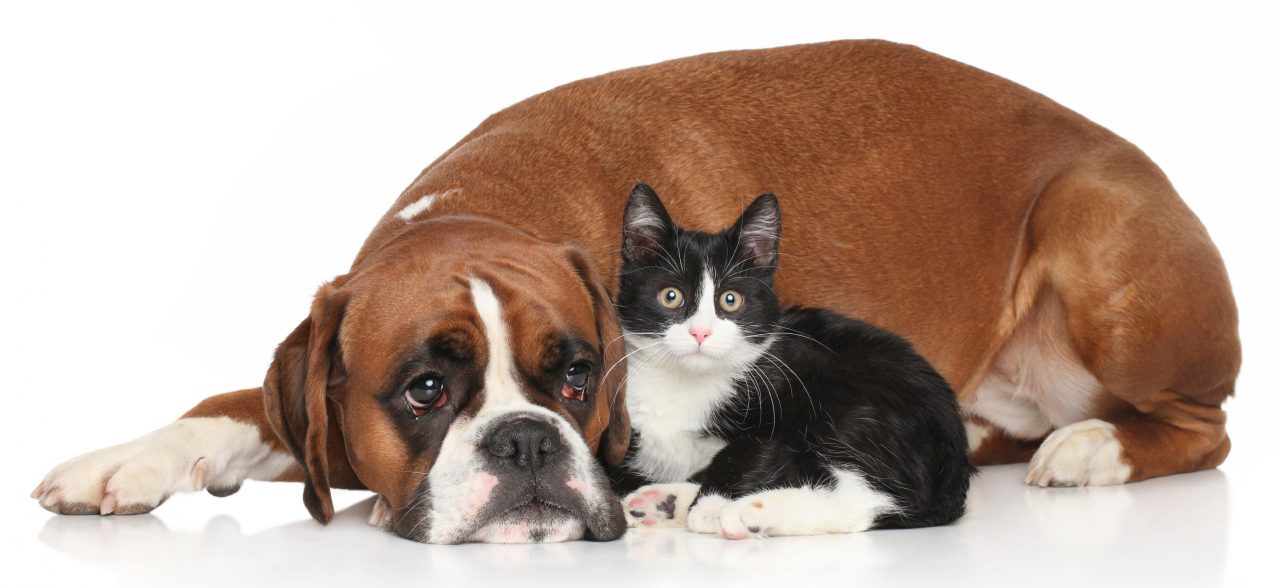
Table of Contents
Do dogs and cats really hate each other?
The rivalry with dogs and cats is legendary. It goes back a very long time. But is it true, do dogs and cats really hate each other? Well the answer is basically no. Lets look at where this all started from, how to introduce dogs and cats, and list what dog breeds are best suited with cats.
Where did the dog and cat rivalry come from?
Where indeed did it come from. There are stories passed around since dog and cats have been kept as pets. Films, TV shows and books have endlessly gone on about cats and dogs being rivals. Do dogs not like cats or do cats not like dogs?
Cats and dogs are both mammals of the order Carnivora, so they both hunt in the wild and eat meat to survive. Dogs descend from the highly social wolf and cats descend from the solitary Arabian Wildcat. In the wild dogs and cats do not really hate each other. They would probably avoid each other and pick easier prey.
In the past cats and dogs did not get the best treatment as they do now. A long time ago, dogs and cats would walk around the streets wild and would have to defend for themselves, catching prey and fighting for scraps of food.
With cats and dogs being kept as domesticated pets, it is inevitable that they will meet. Cats generally do not have much time for other animals and dogs like the chase things for fun. Cats can be more reserved and hang back and assess the situation. Dogs tend to dive in and charge up to new things to check them out. If a cat does not like dogs, or a dog likes to keep chasing cats, then these traits can be hard to overcome.
A dog might run up to a cat, but just to check it out. A cat can see the dog running towards them as a threat and run away. The dog sees the cat running and will chase it. It is just part of a game and playing for the dog and the cat might not see it that way.
To get along, they would need to work at it, meaning the owners as much as the actual pets. YouTube is full of videos showing cats and dogs getting along just fine. So there is plenty of proof that this is possible.
How to introduce dogs and cats
Even though it is very possible that dogs and cats will be able to get along together, you should still do this the first time with a little caution. This is just to make sure nothing unexpected or bad happens.
It is important that both the cat and dog have their own areas in the house where they can be on their own without disturbing each other. If dealing with a kitten meeting a dog or a puppy meeting a cat, then extra care taken over the kitten or puppy as they will be vulnerable.
Dogs and cats meeting each other is all about smells. To make things go more smoothly, ensure both the dog and cat have spent a few days to a week in the house, but not actually meeting each other. This will allow them to take on scents from the house and they will be more familiar to each other. You can even exchange some of their blankets to be familiar with each others scent.
When it comes to the first introductions of the dog and cat, a few are notable. If the dog is quite excitable, then make sure it has had its exercise first. Keep the dog on a lead so that is cannot chase the cat. To the dog chasing the cat will just be for fun. But the cat will see this has threatening. Have some treats ready for both the dog and the cat so you can reward them for good behaviour.
Bring the dog into the room that the cat is already in. Do not allow the dog to get too close initially. Allow the cat to go up to the dog in its own time. Do not try and persuade the cat to get close to the dog. The cat will only get close when it feels comfortable with the dog.
If the dog is getting excitable and even barking, then try to calm it down and maybe give it a treat. The calmer the dog is, the more comfortable the cat will be. You will be able to tell right away if the dog or cat are uncomfortable with the situation. If the they do look uncomfortable, then move the dog slightly further away from the cat, so it can relax.
If they initially look like they might get along, then move the dog slightly closer to the cat. When things are looking good, then reward the dog and cat with a small treat to let them know they have both been good.
Keep initial introductions short and increase them each time they meet. And end their interactions on a positive note, so they go away from this feeling okay about it.
If the initial interaction is not going smoothly and either the dog or cat are not comfortable with this, then move them away from each other and even separate them if necessary. You can try swapping blankets some more to allow more scent sniffing. And try another interaction the following day.
If the initial interaction goes well and they seem to be getting along, then this is very good and definitely reward them with some treats. You can try letting the dog off of the lead. What you can do is to leave the lead attached to the dog, but let the dog drag the lead around. This way, you can grab it if needed. Never allow the dog to chase the cat, and this needs nipping in the bud before the dog assumes this is the norm.
When it looks like the cat and dog are getting along, continue to supervise them for some time to ensure that this is not just a one off. Only leave them together after they have spent many days or weeks together without any problems.
All dogs and cats are different, and what works for some people may not work for others. So there are no hard and fast rules, but definitely precautions to take.
When dogs and cats are younger, then introductions can be easier as they will grow up together and learn to be around each other. As dogs and cats get older, they can get stuck in their ways, and this can be hard to overcome if they have never met each other before. A cat might have a general aggression to dogs and a dog might want to chase cats.
So what dog breeds are best suited with cats?
There are many dog breeds that are well known to get on with cats and other animals. This is not an exhaustive list and there are many more to choose from. There is no guarantee that one of these breeds will get on with a cat, as all situations will be different.
As mentioned above, the younger the cat and dog are, the more likely they are going to be willing to be friendly towards each other. When a dog or cat grows up, they can be difficult to overcome some traits they might have towards each other.
And always supervise them being together until you are absolutely sure that they are going to get along together without any problems.
Basset Hound
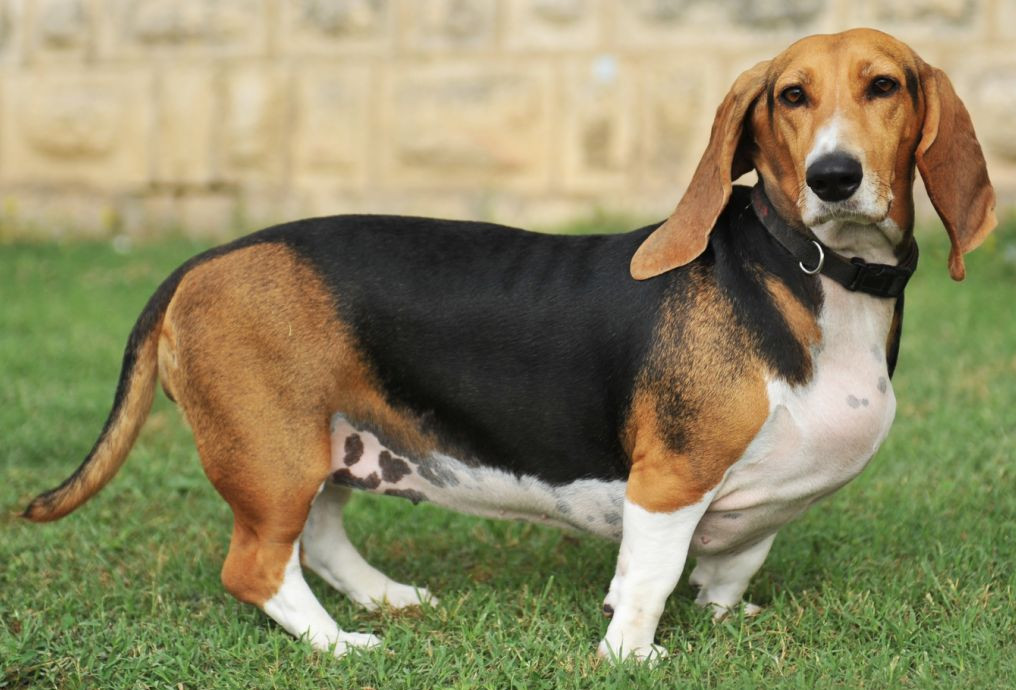
Basset Hounds considered the most pleasant natured and easy going of all the dog breeds. Known for being sociable and peaceful with everyone, strangers, children and other pets.
Bichon Frise
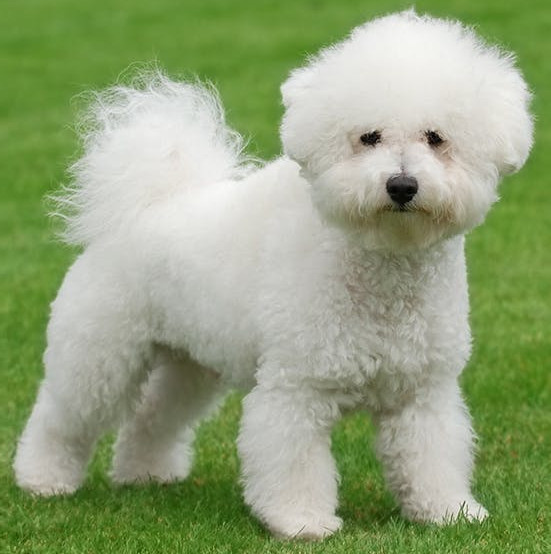
Bichon Frise dogs are very happy and sociable. Being very playful, they will most likely see a cat as another playmate.
Boston Terrier
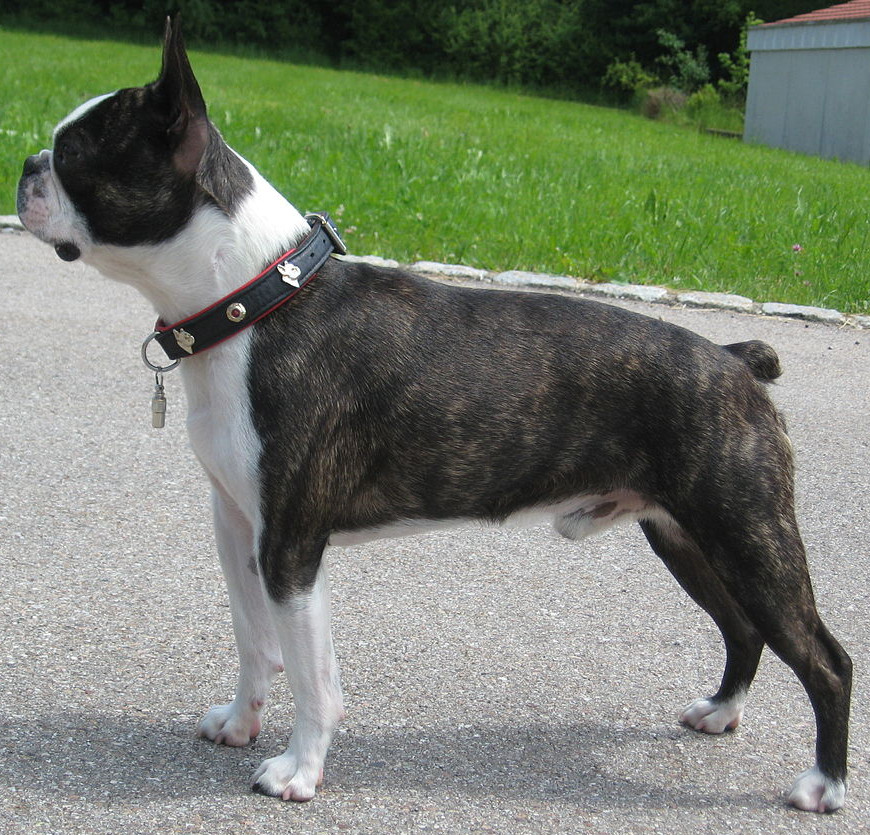
Boston Terriers despite looking like a tough little dog are actually very loving and gentle. Being very good natured, they will get along with cats, especially if brought up together.
Boxer

Boxers are a big dog but very gentle with it. They will get along fine with cats, but the cat might need to be a bit tough to cope with the boxers size and liveliness.
Cavalier King Charles Spaniel
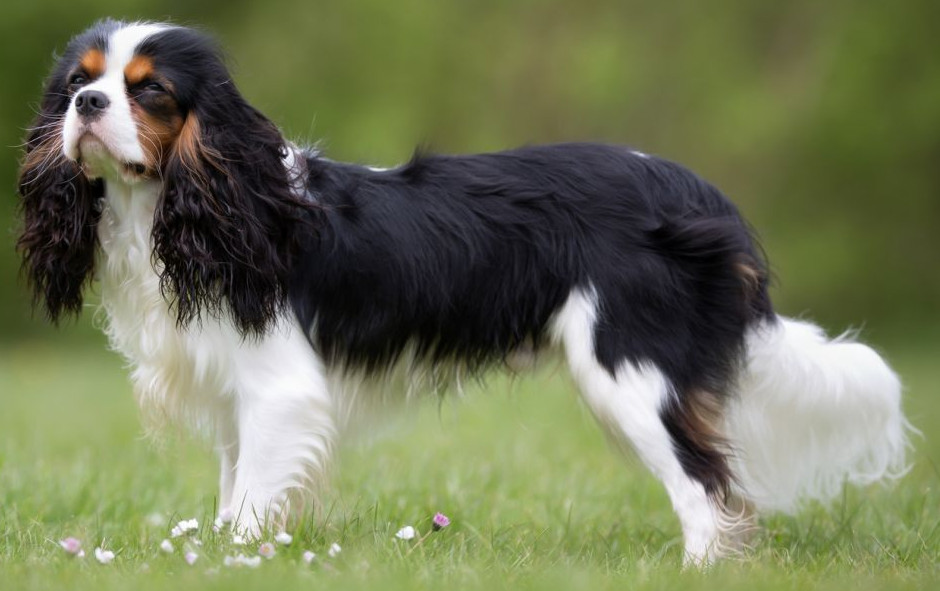
Cavalier King Charles Spaniels are sociable, affectionate and very adaptable. They are one of the nicest dogs you can get. Well known to get along with other people, animals and cats.
English Cocker Spaniel
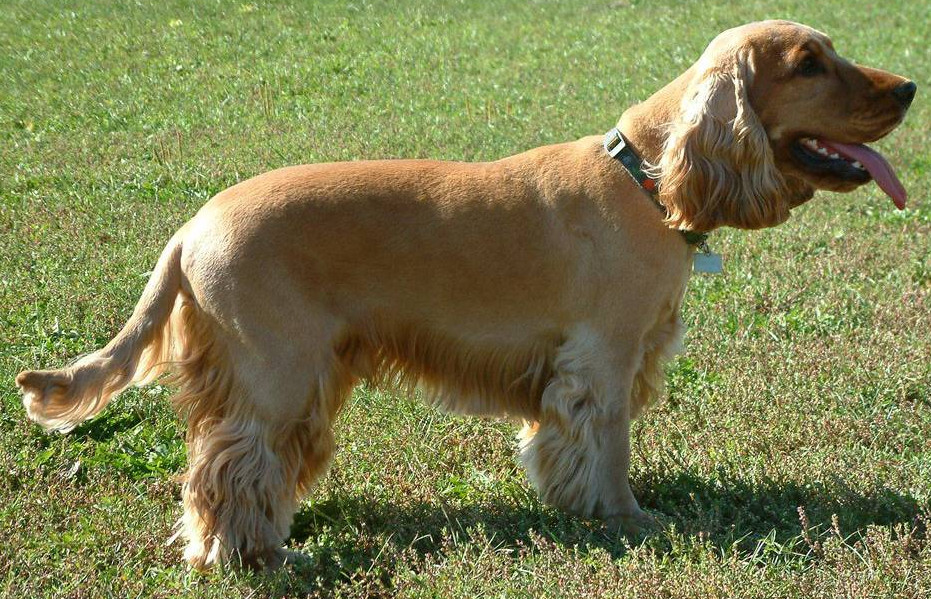
English Cocker Spaniels are well known for having a very good temperament and this makes them very playful and fine with other animals and cats.
German Shepherd
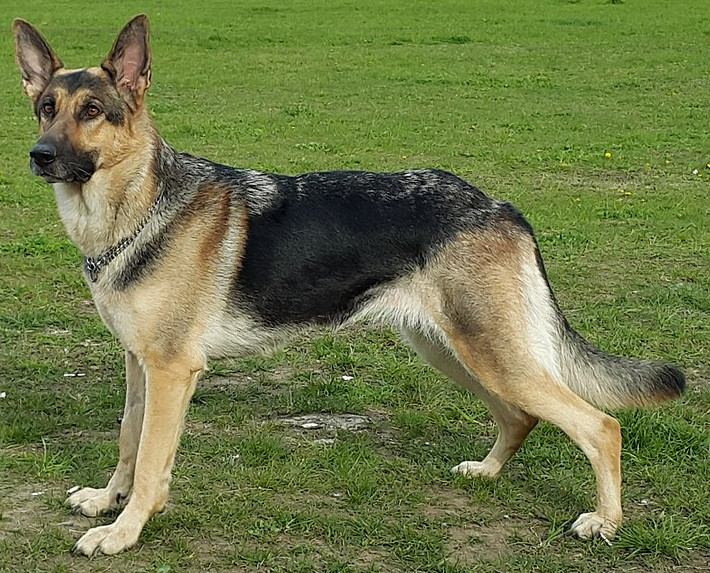
German Shepherds are one of the most intelligent dog breeds. Very easy to train and will have good trust for you and other animals and cats.
Golden Retriever
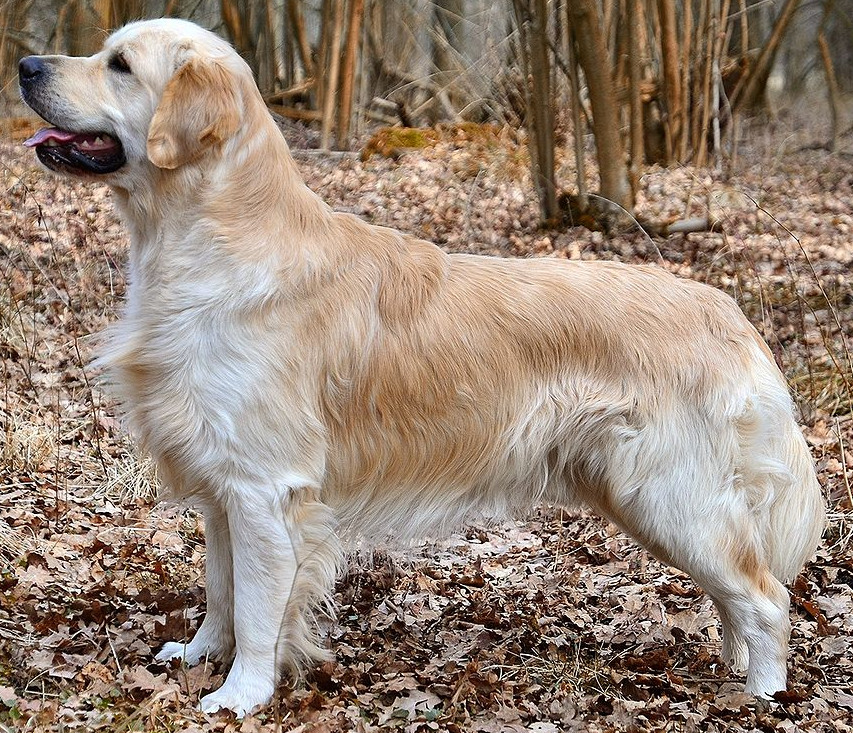
Golden Retrievers are great with children and other pets and animals. They are very gentle and will be friendly towards a cat and would never be rough with it.
Greyhound

Greyhounds despite their size are gentle and sweet dogs. Known to get along with other animals and cats should not be a problem. If the Greyhound has a previous history of actual racing, then this might be a problem as it will like to chase other animals.
Labrador Retriever
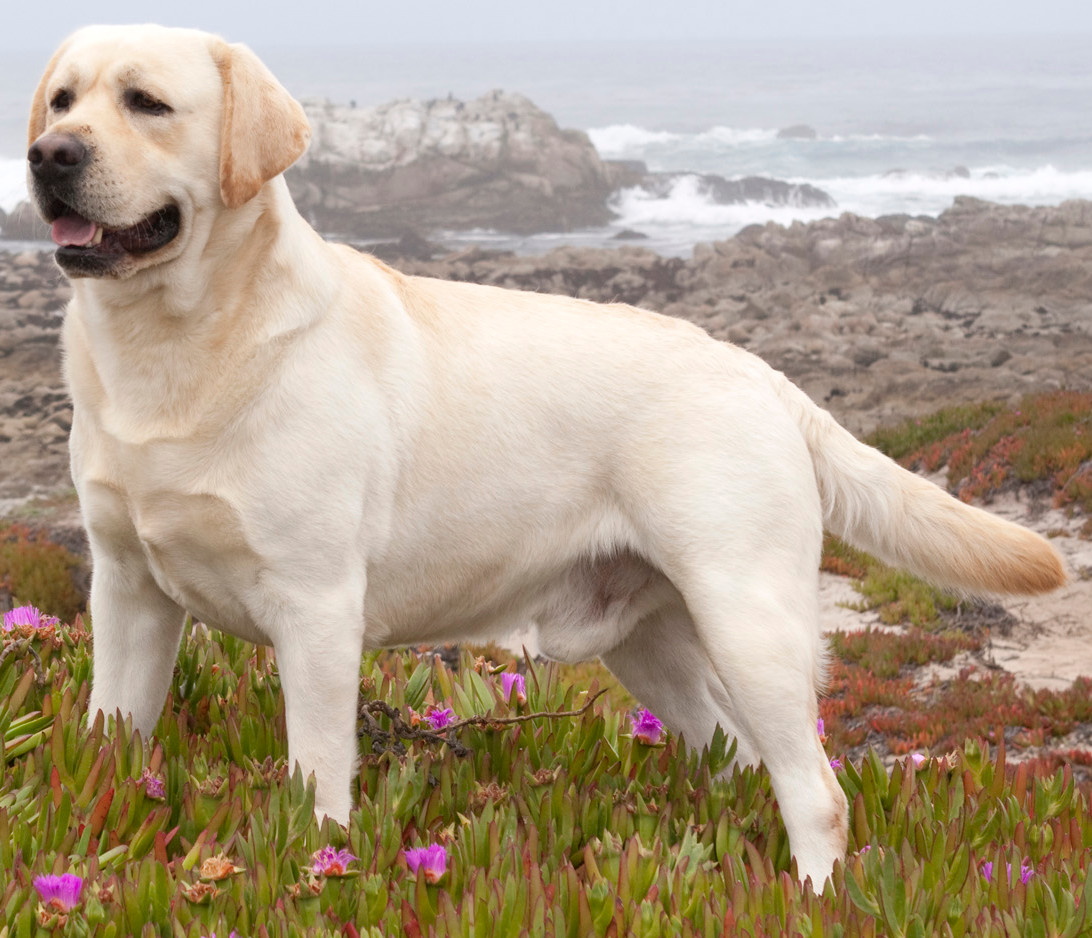
Labrador Retrievers are kind, trusting, intelligent, gentle and outgoing. If there is any dog that can cope with a cat being around, then this is it.
Maltese

Maltese dogs are very small and should not pose a problem in the company of a cat. In fact, it may even just ignore it and not pay it too much attention.
Miniature Dachshund
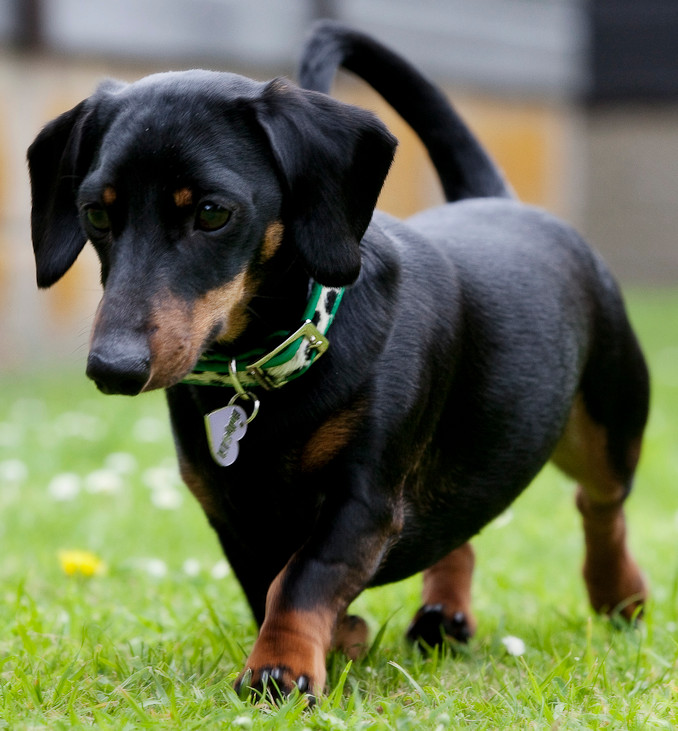
Miniature Dachshunds have a great personality and should not be too much of a problem around cats. Things are better if they are brought up together from a young age.
Papillon
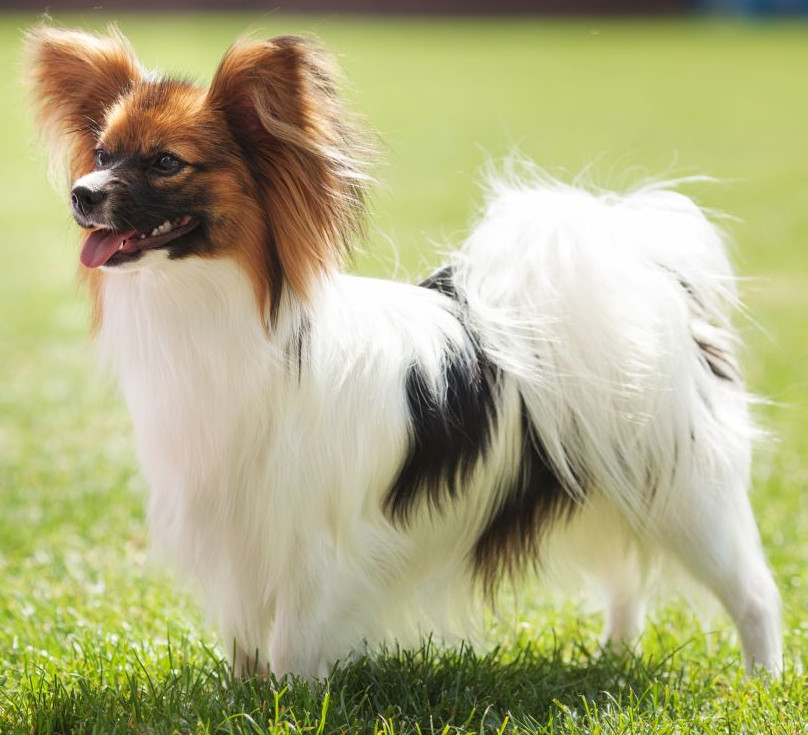
Papillions are quite small and happy dog breed that is very adaptable. Being able to accept most environments and even ones including cats.
Pomeranian
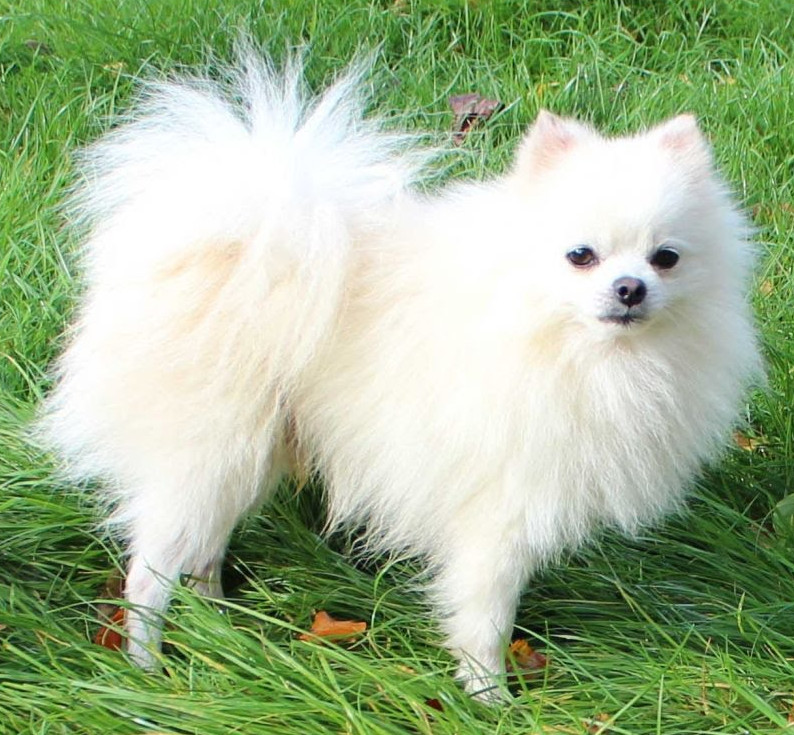
Pomeranians are very small dogs and are just as fluffy as a cat. Very affectionate and will get along with cats just fine.
Pug

Pugs are charming and eager for attention. Very strong willed and playful and rarely known for being aggressive. They spend a lot of time napping and will not be a problem around cats.
Conclusion
So as mentioned already, this list of dog breeds is not exhaustive and there are many others that will get along with cats. Also breeds on this list can still have problems with cats and it is best to judge every situation individually.
It is always best to have cats and dogs brought up together from a very young age. This will ensure they grow up knowing each other and being familiar with each others ways. Adult dogs or cats might have a hard time adjusting to suddenly being around their opposite.
A lot of the work and effort is not just about the dog or cat. The owners also need to put in a lot of time to make sure things go smoothly. So hopefully this has given a good insight into what dog breeds are best suited with cats and how to approach the situation.


